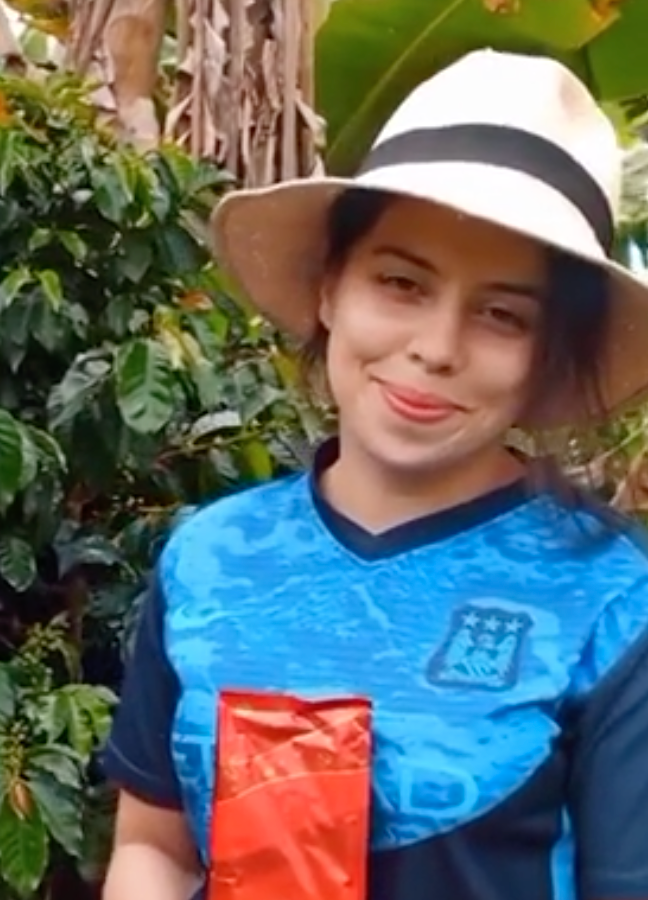
Finca Santa Cecilia, Coffee of the Month
Share
As some of you may know, every month or so at Crickle Creek Coffee, we introduce a new coffee into our lineup—the so-called Coffee of the Month. The idea behind the Coffee of the Month is to showcase a new origin or exceptional coffee that will help you discover new flavours and experiences.
For this month’s selection, we turned to our customers for their opinions at our first-ever Coffee Aficionado Exchange (“CAE”) event held two weeks ago. The event was a ton of fun, with more than forty participants in attendance. We met long-time customers, new customers, and friends of our customers. It was a fantastic evening filled with chatting, connecting, learning, and, most importantly, exchanging opinions about the coffees we tasted.
A fresh new crop from Colombia had arrived in Calgary just a few weeks before the event, so I selected some of the best coffees available. We tasted the coffees and learned interesting facts about coffee growing in Colombia and the specific coffees we sampled. The winner by a slight margin was Finca Santa Cecilia, with a Colombian Peaberry from Santander coming in a close second.
Finca Santa Cecilia is located in Santander, specifically in San Gil. The farm sits at 1,900 meters above sea level, which means the coffee cherries take longer to ripen—up to ten months. This longer maturation process concentrates the flavors, resulting in an exquisite taste. The coffee is subtle and elegant with a mild acidity and a juicy body. It’s a sweet, well-balanced cup with notes of milk chocolate, honey, and raspberries that linger through the finish. I particularly enjoyed this coffee as it is well-rounded and a delight to drink. The wash process really shines, providing a clean, crisp cup.
Finca Santa Cecilia is managed by twin sisters Monica and Veronica, third-generation coffee growers. The farm is a sort of paradise, with a natural reserve serving as a refuge for several species of birds and mammals, as well as native tree species. Intercropped with coffee are other products like bananas and plantains, which provide shade for the coffee trees and help diversify the farm's production, offering an additional source of revenue. Most of the coffee is of the Castillo and Cenicafe 1 varietals, and the farm only has approximately 32,000 trees, meaning there is a limited coffee production each year.
I hope you enjoy this coffee as much as our Coffee Aficionado Exchange participants did. Lastly, I want to extend my personal gratitude for the support we received, and we are already planning our next CAE event for August. It will be another opportunity for you to attend a CAE in case you missed the “Colombian Coffee Carnaval.” Hope you can join us!
